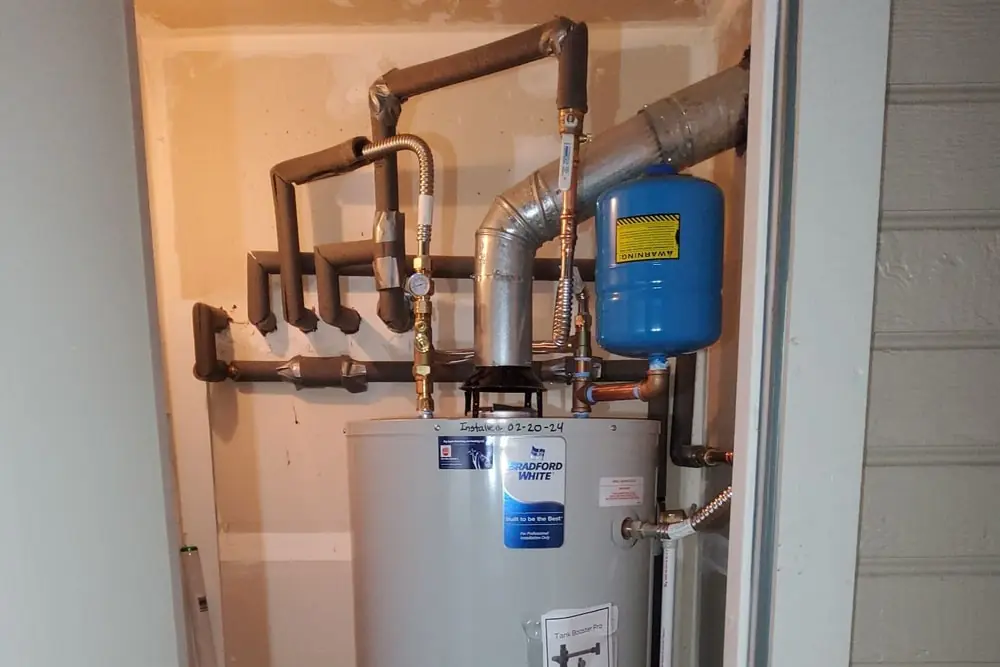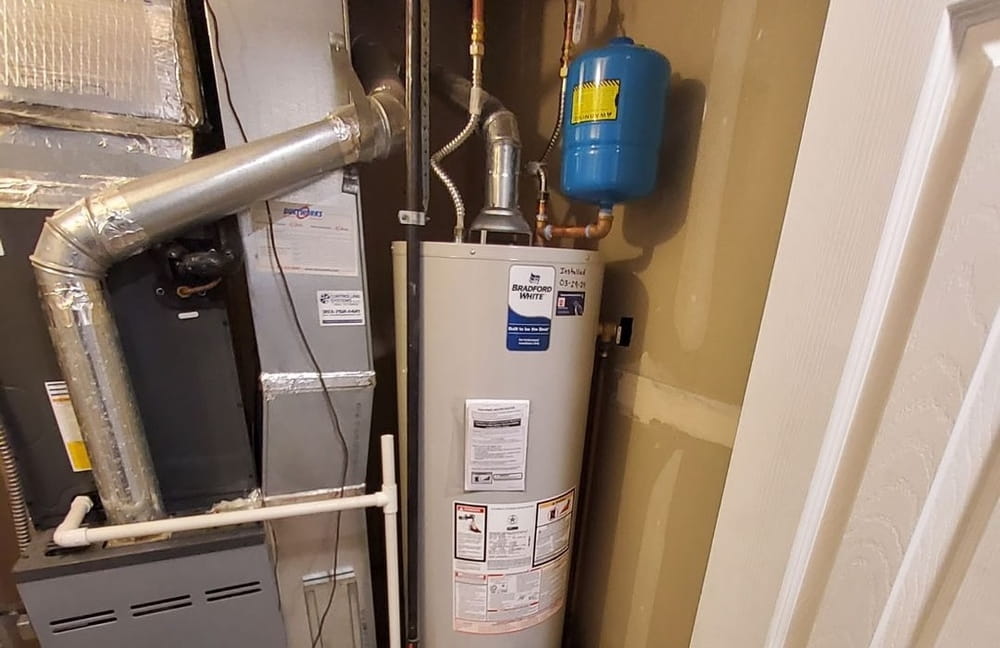Water heaters are essential components of modern houses, providing hot water for bathing, cleaning, as well as cooking needs. However, this convenience can pose serious threats if not properly maintained, with carbon monoxide (CO) poisoning being one such hazard. Here, we’ll look at the danger of water heater carbon monoxide emissions. Not just that, you will also get to know about warning signals and precautionary steps you can take to keep yourself as well as your family safe.
About Carbon Monoxide and Water Heaters
What is Carbon Monoxide?
Carbon monoxide (CO) is an invisible as well as odorless gas produced when fuel like gasoline, oil, kerosene, wood or charcoal is burned. Carbon monoxide emissions may come from household appliances like gas water heaters, stoves or furnaces. Because of this reason proper management as well as ventilation of such devices is critical in order to avoid CO emissions.
Can a water heater cause carbon monoxide?
Yes, gas water heaters generate heat by burning natural gas/propane to generate heat, which may produce carbon monoxide as a byproduct. Usually, this gas is safely expelled through an exhaust unit in your water heater’s exhaust pipe system; however, in rare instances, carbon monoxide may enter your living environment through equipment malfunction or improper installation.
Identifying Risks: Water Heater and Carbon Monoxide
Common Causes of CO Emissions from Water Heaters
Improper Ventilation
Improper ventilation poses a grave threat to water heaters. If the exhaust flue is installed incorrectly or becomes blocked due to things such as trash accumulation or structural concerns, carbon monoxide cannot escape into the atmosphere and is instead released back into your home. For maximum safety purposes, water heater ventilation systems must comply with all construction requirements before being implemented in any structure.
Faulty Equipment
Faulty equipment, such as fractured or holes in water heaters, may lead to dangerous carbon monoxide leaks. Such structural issues could be the result of age, corrosion, or external influences such as weathering; regular inspections can help identify these potential health threats early before they pose a health threat; it is crucial that any damages be addressed promptly by calling in professionals who can either repair or replace any necessary parts.
Incomplete Combustion
Incomplete combustion in water heaters is usually due to insufficient air supply required for complete gas combustion, such as when installed in an enclosed space or with restricted vents. When this happens, carbon monoxide emissions occur as a byproduct. To protect yourself against this situation and minimize carbon monoxide production from your gas tank, ensure it has enough clearance as well as ventilation for proper air movement and combustion processes.
Symptoms of Gas Leak from Water Heater
The alarming signs of carbon monoxide poisoning are often misdiagnosed as the flu or food poisoning. These include:
- Headache
- Dizziness
- Nausea
- Shortness of breath.
- Confusion
- Blurred vision
- Loss of consciousness.
If you or a family member suffers these symptoms and suspects CO poisoning, obtain fresh air right and immediately seek medical assistance.

Preventative Measures and Safety Checks
How to Check Water Heater for Carbon Monoxide
Regular maintenance is essential for preventing CO leaks from your water heater. Here’s how to check your appliance:
Visual Inspections: Inspect your water heater on a regular basis for indications of wear as well as deterioration. Also, observe the color of the burner flame; it should be blue and not yellow. A yellow flame indicates poor combustion.
Professional Inspections: Schedule a regular inspection by an experienced technician to assess its operation and verify that its venting systems are clear of obstructions. Our Broomfield water heater specialists can ensure your system is functioning safely and efficiently.
Install CO Detectors: Set carbon monoxide detectors near both your water heater and sleeping areas to alert you of elevated CO levels. Be sure to test and replace batteries on these detectors on an ongoing basis for maximum effectiveness.
Is Gas Water Heater Exhaust Dangerous?
An exhaust from a gas water heater contains both water vapor and carbon monoxide gasses that could potentially be deadly if not vented outside properly. Making sure your venting system works smoothly to avoid CO build-up within your home is key for protecting its occupants from CO poisoning.
Conclusion: Safeguarding Against CO Poisoning
Understanding the link between water heaters and carbon monoxide exposure is crucial for household safety. You can protect yourself as well as your loved ones against possible poisoning by identifying risks, understanding signs of exposure and conducting regular inspections as well as maintenance of water heaters.
Big Apple Plumbing has all of the equipment necessary to ensure your water heater operates safely and effectively. Our adept Colorado plumbing professionals provide regular inspections, maintenance, and repairs to water heaters. Whether incorrect ventilation, malfunctioning equipment, or incomplete combustion creates carbon monoxide emissions, we are here to help. Big Apple Plumbing offers expert service focused on your family’s safety while optimizing your water heating system’s operation. When choosing Big Apple Plumbing, you will enjoy peace of mind knowing we prioritize your safety as well as the proper functioning of your unit.


